Cards
(QUICK LINKS: Decks | plants | mammals | birds | | reptiles | fish | cephalopoda | insects | microbe | events
( scientist | project | modifier | technique |)

Snowshoe Hare
Lepus americanus

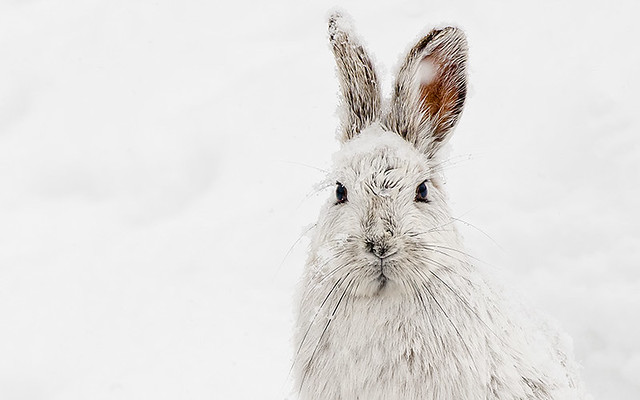
3 POINTS
Play: The snowshoe hare has a MOVE of 2
Fact: Snowshoe hares change the colour of their fur for camouflage: white during the winter and brown during the summer.

Red Squirrel
Tamiasciurus hudsonicus

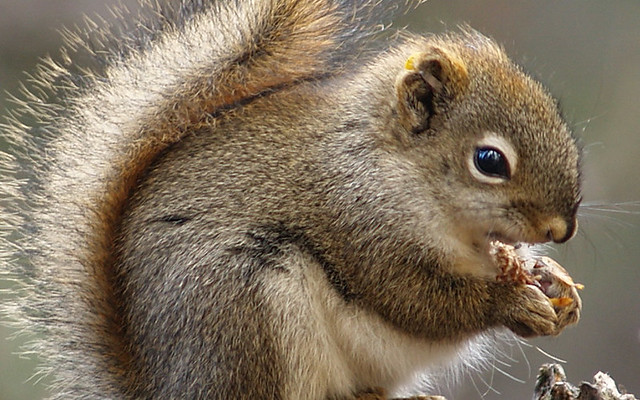
5 POINTS
Play: The red squirrel has a MOVE of 2
Fact: In addition to caching cones, red squirrels hide mushrooms in the branches of trees to dry them and save them for later.

Palm Warbler
Setophaga palmarum

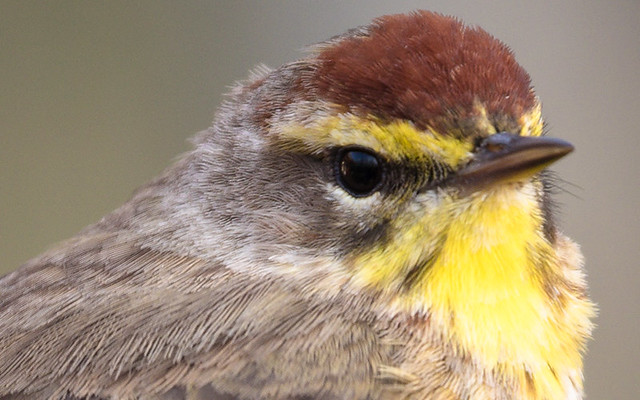
5 POINTS
Play: The palm warbler has a MOVE of 2
Fact: The palm warbler is one of the most northern songbirds, with nearly the entire species breeding in Canada’s boreal forest.

Hermit Thrush
Catharus guttatus

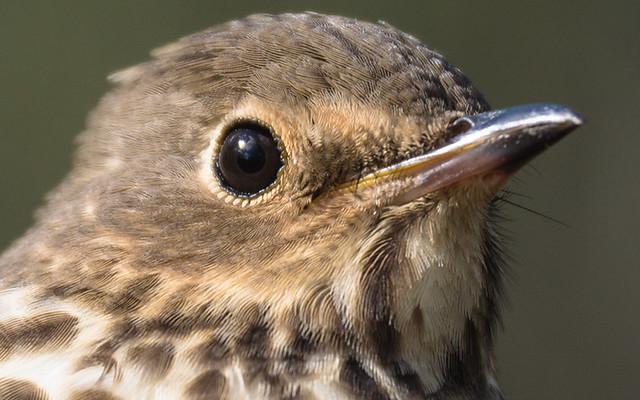
5 POINTS
Play: The hermit thrush has a MOVE of 2
Fact: The haunting flute-like song of the hermit thrush can be heard in almost any part fo the boreal forest in Canada.

Red-eyed Vireo
Vireo olivaceus

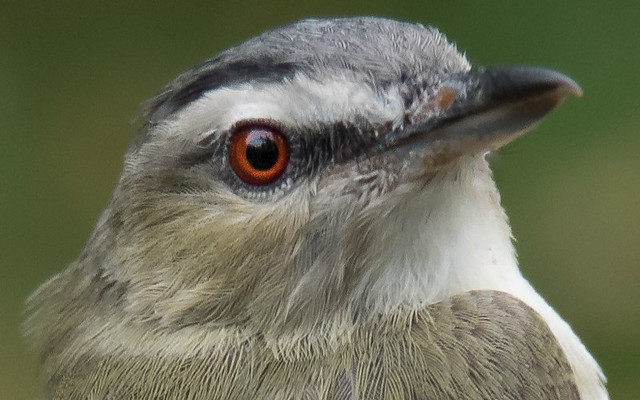
5 POINTS
Play: The Red-eyed Vireo has a MOVE of 2
Fact: Red-eyed Vireos are known for their enthusiastic singing-even in the afternoon-up to 20,000 songs in a single day.

Grey Jay
Perisoreus canadensis
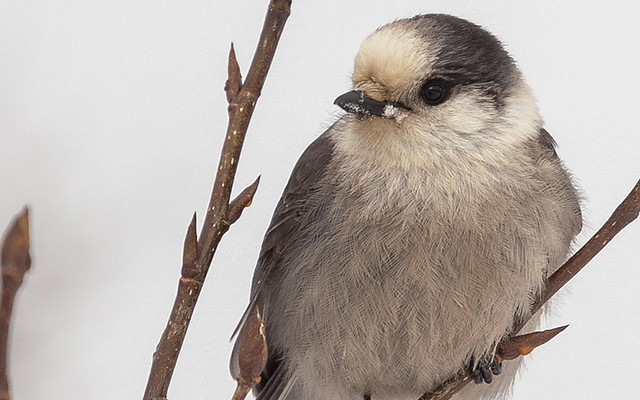
4 POINTS
Play: Grey Jay has a MOVE of 2
Fact: It’s our national bird because it is found across Canada, can withstand cold temperatures, and is friendly and smart.